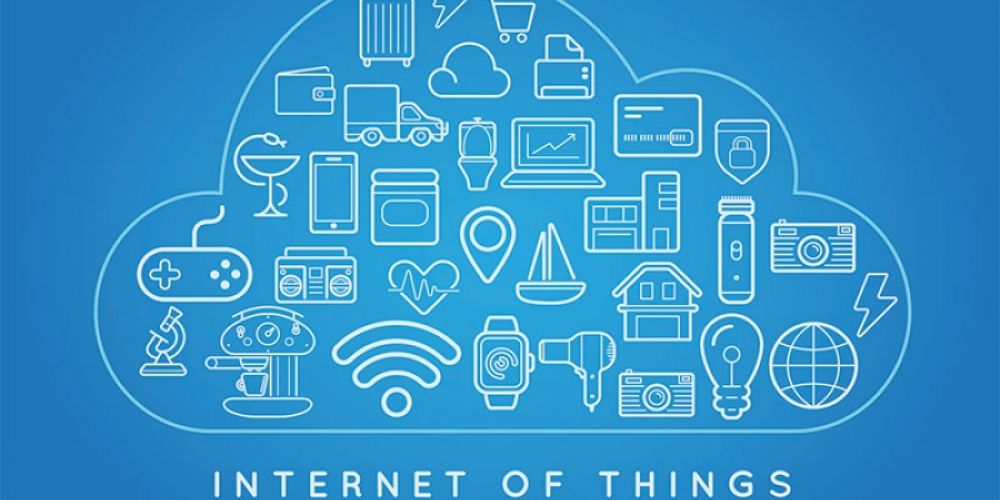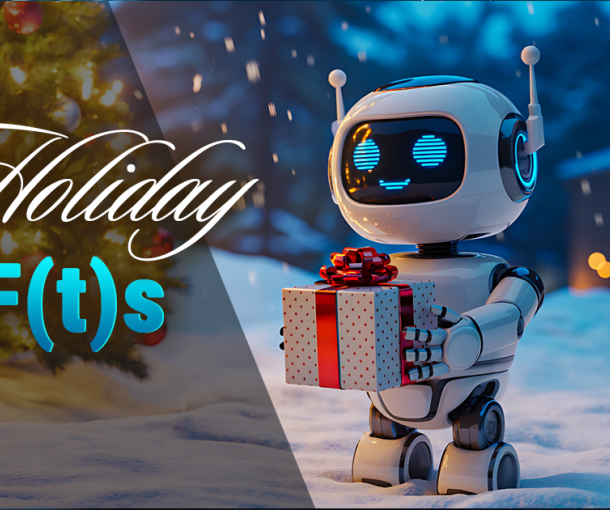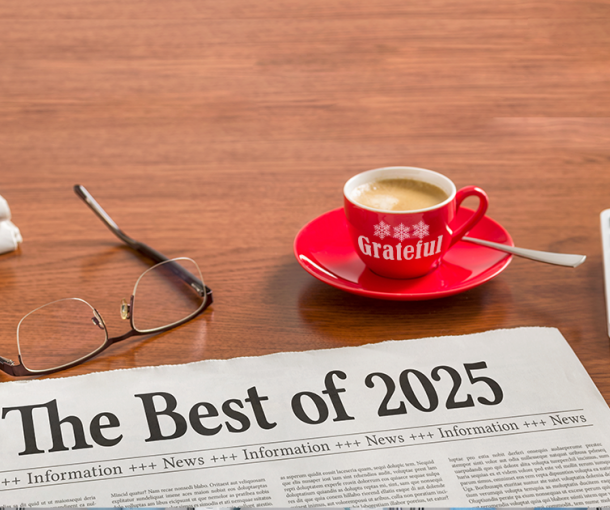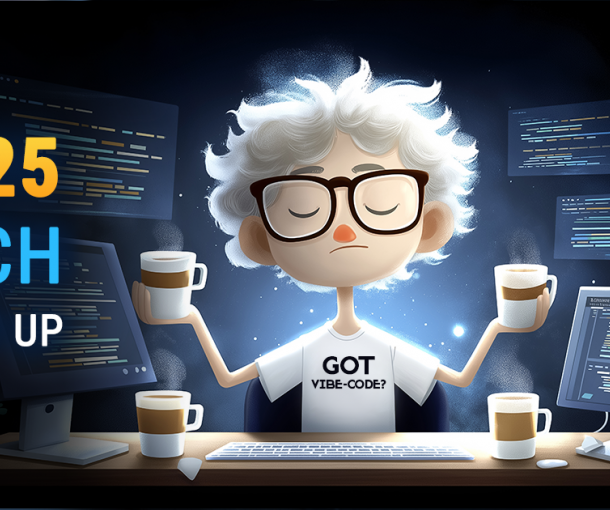
7 Notable Uses of the Internet of Things (IoT)
WEARABLE DEVICES
The demand for wearable IoT-enabled devices has multiplied substantially in recent years. Tech giants such as Samsung and Google have invested heavily in wearable devices and technologies. Their overwhelming popularity has millions of people anticipating the release of new models of smartwatches each year.
Wearable IoT devices cover a lot of categories including health, fitness, and entertainment. These devices function through software and sensors which gather data. The data is then stored, communicated, and processed to discover insights about its users.
VEHICLES
The Internet of Things has revolutionized vehicles by introducing new convenience and safety features to upgrade traditional automobiles. The technology is evolving towards optimizing the experience of riding – and driving – in any vehicle. The IoT can make car operations personalized, as well as help with monitoring maintenance and improving performance.
Furthermore, IoT can provide internet access to passengers through onboard internet connectivity and sensors. Many major brands including Tesla, Apple, and BMW are incorporating IoT devices in cars.
WASTE MANAGEMENT AND RECYCLING
Each year, North America produces over 261 million tons of trash, so it should not come as a surprise that the IoT has entered the vast recycling and waste management industries.
Smart recycling has become one of the most innovative ways to use the Internet of Things. This involves putting tags on garbage bins and collection trucks for trash monitoring. Through wireless trash and recycling monitoring, companies can find efficiencies that will save labor and time.
SMART RETAIL
Customers have benefited greatly through the Internet of Things in the retail industry. IoT integration gives customers and retailers a chance to communicate better, which can improve the overall shopping experience.
Furthermore, IoT helps companies in manufacturing and inventory management. Businesses can interact with customers through smartphones and other devices to serve them better. They can also track the buying patterns of consumers through these devices and can better predict trends in the online and offline shopping experience.
AGRICULTURE
Farming is a sector which has strongly benefited from the Internet of Things. Automated hardware, sensors, and even robotics connected to the IoT have been used for irrigation systems, farm surveillance, and crop pattern management. These technologies help farmers grow more produce and better manage farming challenges.
Impressively, IoT has even been used to track cattle. This is an effective way to eliminate rustlers. If a cow tracked by IoT is stolen, its owner can immediately locate the missing cow via its IoT-connected GPS tag.
Smart farming applications have also helped monitor humidity, temperature, soil conditions, and sunlight status of crops. Through this, farmers can accurately evaluate field conditions without being tied to a specific location. This helps both large-scale farming operations and small farms. Now, raising animals and growing crops has become more accurate, productive and thoroughly monitored, end-to-end.
HEALTHCARE
IoT advancement has also permeated the healthcare industry. Its most notable contribution in healthcare is remote health monitoring. In some situations, patients can observe and track their health at home, without the hassle of going to the hospital. This lessens costs and reduces the need for a face-to-face consultation, and also elevates the quality of life of patients by storing and communicating relevant health information to their healthcare team, thus eliminating the inconvenience of waiting rooms and referrals.
Furthermore, the internet of things greatly helps to track both patients and staff. This is an affordable way to monitor the activities of people in the hospital. For elders, IoT can help detect falls or other issues in need of immediate assistance and can ensure that help is sent out ASAP.
SPORTS
Technological developments and intense competition have encouraged sports to utilize the Internet of Things. IoT has been used by the American Olympic Committee since the Summer Games in 2016. The professional leagues are also implementing IoT devices for training, real-time monitoring of a competition, and for assisting officials in making more accurate calls. Athletes themselves make use of IoT to reduce injuries and improve overall performance. The Internet of Things has also transformed the way athletes and teams train. From player development to fan engagement, the IoT breakthroughs show no signs of slowing down.
THE IMPORTANCE OF THE INTERNET OF THINGS
You may not be fully aware of its undeniable ubiquity, but your life has been transformed by the Internet of Things. By 2020, there will be over 30 billion connected devices globally (with some industry experts putting that estimate closer to 50 billion!). IoT application goes far beyond smartwatches or vehicles. It has transformed many sectors by introducing connectivity and collecting valuable information that improves processes, adds revolutionary efficiencies, and substantially elevates quality of life.


